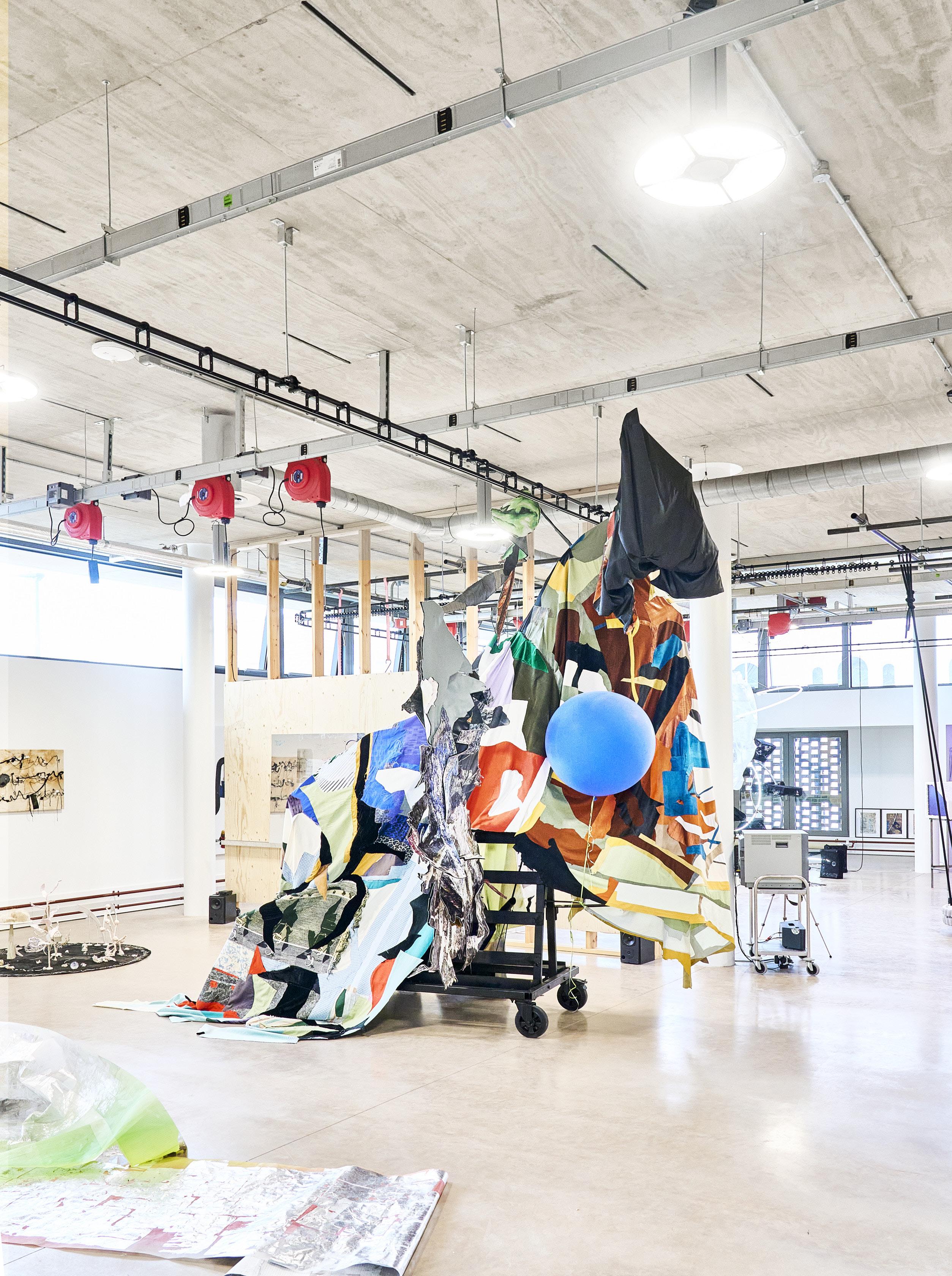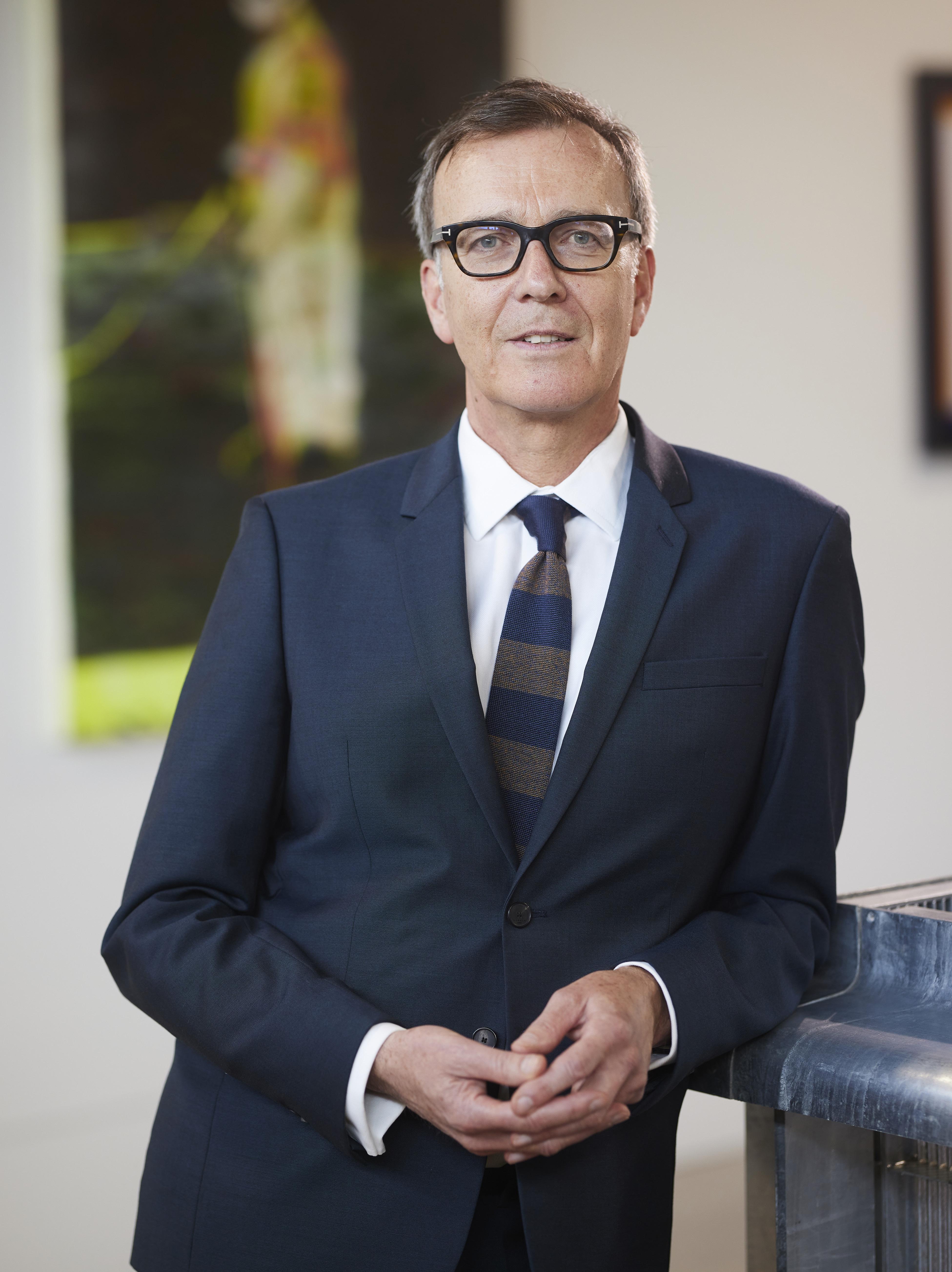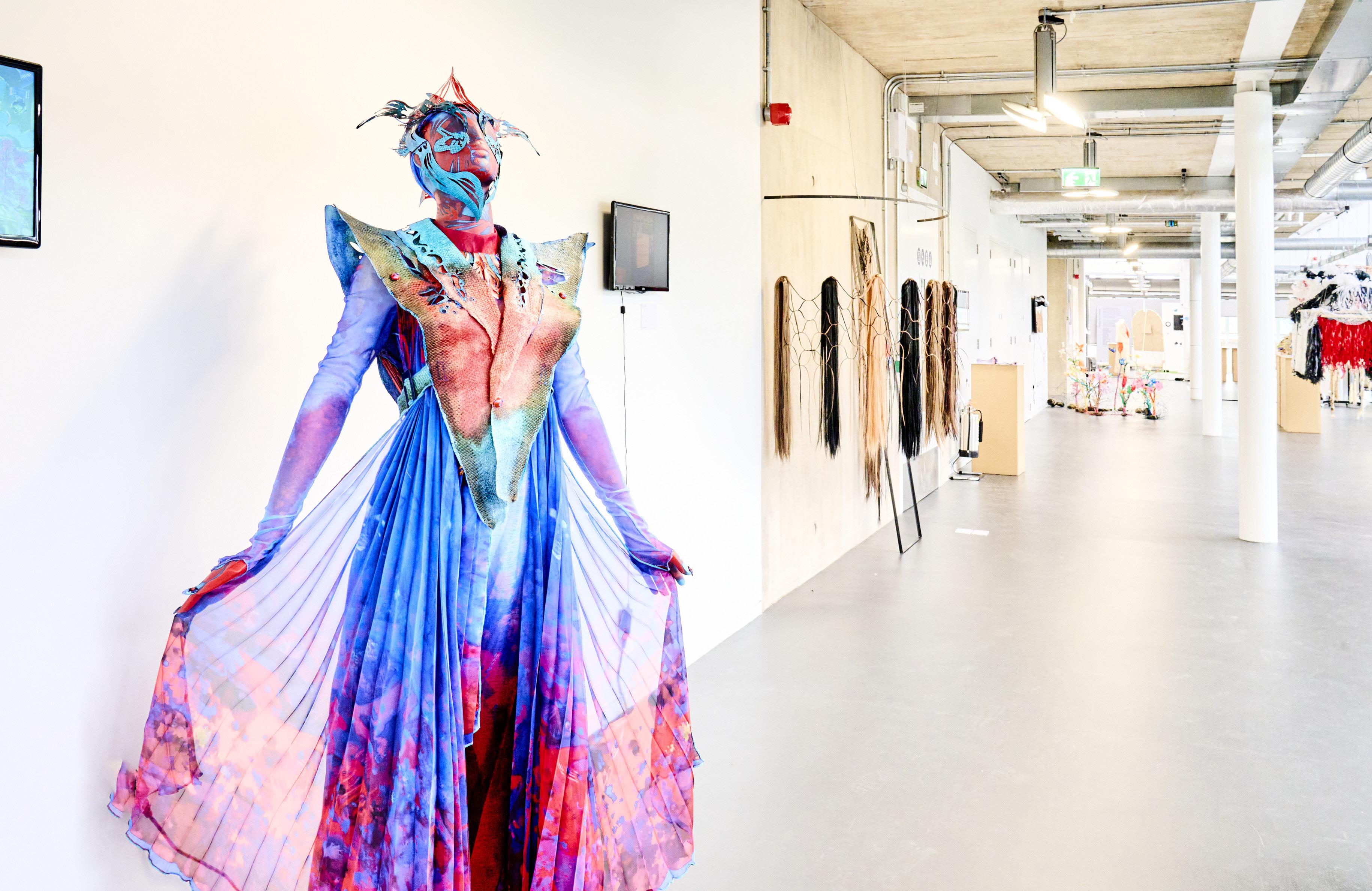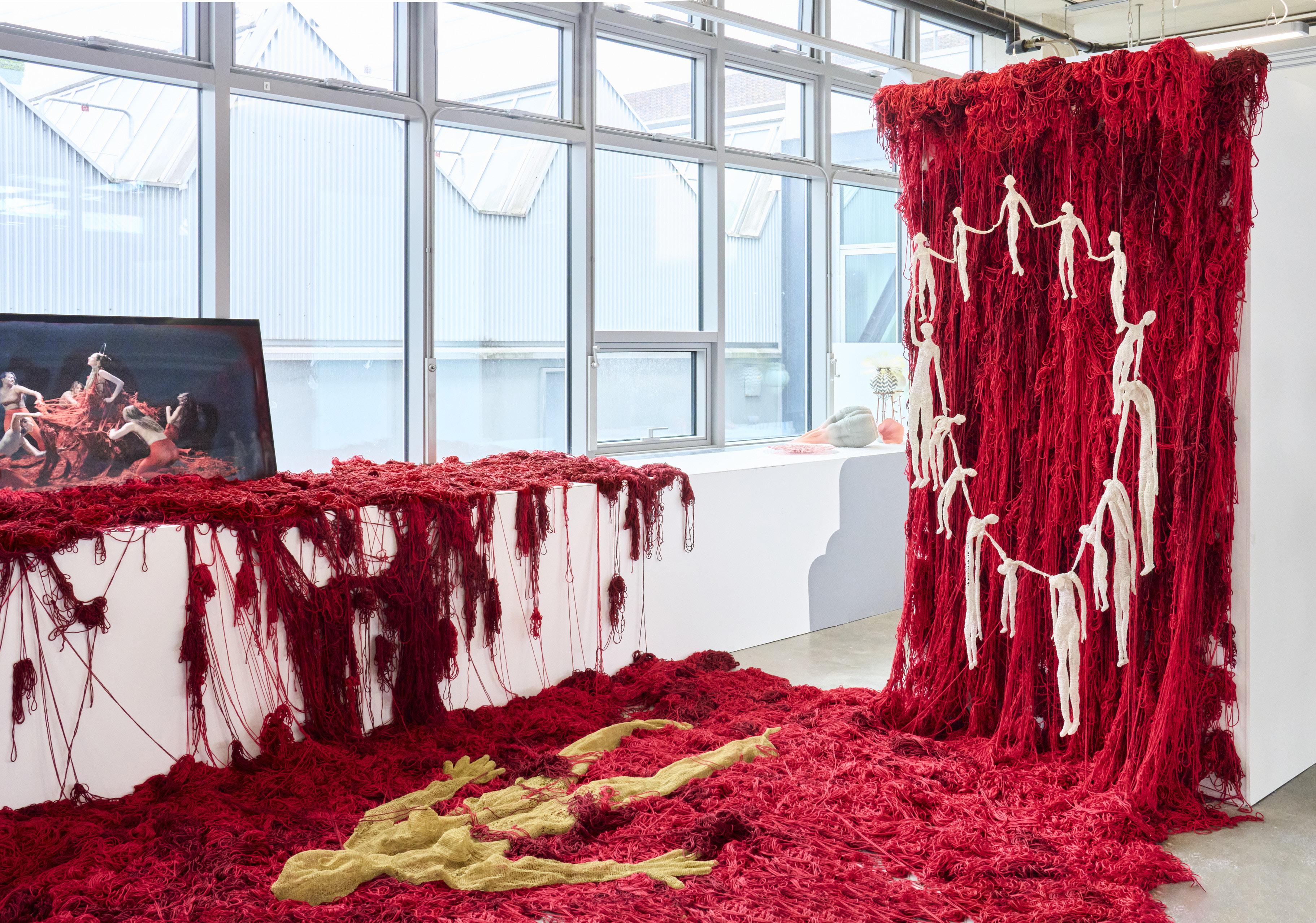
1 minute read
THE ARTISTIC CONTRIBUTION AT THE RCA
Speaking of the importance of the RCA in the contemporary academic study of art, Thompson says: “I think we are different in the sense that we are postgraduate-only”. He adds that, because the college focuses exclusively on students enrolled in Master’s and PhD programs, the leadership is enabled to stay “much more concentrated on our pool of students”.
“We are a postgraduate art and design college, and we are the largest concentration of artists and designers at postgraduate level in the world.”
Advertisement
He goes on to say that RCA prides itself on its “pioneering spirit, very much in the vanguard of new thinking, new methodologies, new approaches to art and design”.

Dr. Thompson adds that the college is distinguished by its focus on academic research and innovation. “We expect our students to be leading the field,” – he says, adding: “It shouldn’t be us telling them how it should be. It should be them really leading with their own creativity, their own insights and their own original thinking.”
RCAでの芸術的貢献
現代の学問としての美術におけるRCAの立ち位置について、 トンプソン氏は「RCAは大学院だけなので、その点で他とは異 なる」と言います。修士・博士課程の学生のみを対象とするこ とで、指導者が「より集中的に指導できる」のだそうです。 「私たちは美術系の大学院で、世界で最も大きな、大学院レベ ルのアーティストとデザイナーの集まりでもあります」
RCAには「開拓者精神があり、美術に関する新しい考え方や手 法、新しいアプローチのパイオニアである」ことをトンプソン 氏は誇りに思っているのです。
RCAの特徴は、学術研究とイノベーションに重きを置いている 点だそう。「学生たちがこの分野をリードする人材であること を期待しています。どうあるべきかを教えるのでは私たちでは なく、学生たち自身が、洞察力と独創的な思考を持ってクリエ イティブに、リードしていくべきなのです」
According to Dr. Thompson, such an approach to research and education in the arts encourages the RCA’s students to lead the change in the world of art.

When asked about the key trends in the contemporary art scene, Thompson responds, saying: “I would say there is a very strong interest now in hearing the voices of indigenous peoples whose parts of the community remain underrepresented. I think people in the art and design world want to hear the unheard voices, the stories that have not yet been told.”

For Thompson, such a process should be described as a kind of ongoing cultural decolonization. “I think the stories of traditionally oppressed people, like indigenous communities or those whose stories are rooted in slavery in the U.S. or colonialism in South Asia – those stories are important to tell,” – he explains.
He adds that another important issue in art and design is climate change. “There is a pretty dystopian view of the future and what it might look like. And I think dealing with climate change is where the focus is for a lot of our students.”





